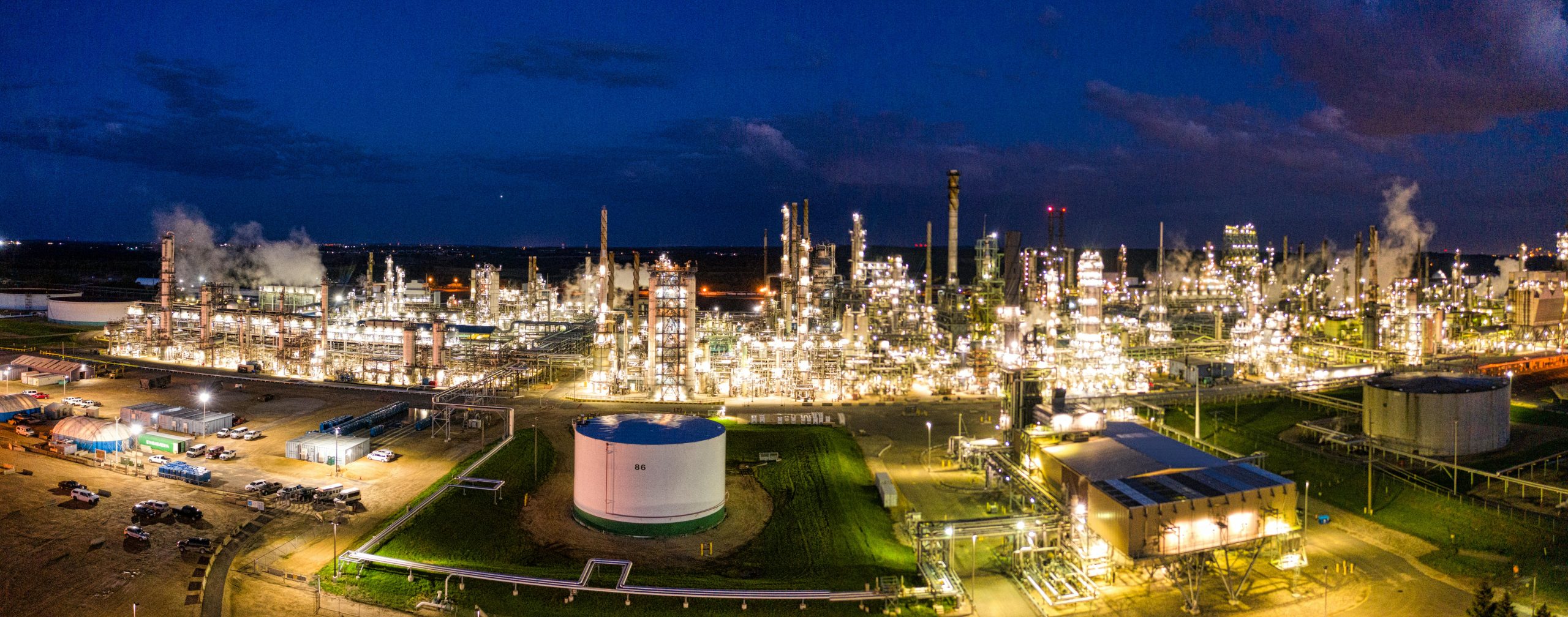Energy policy isn’t just a dry topic for bureaucrats, it’s the heartbeat of our economy, pumping life into everything from the prices we grumble about at the gas station to the jobs that keep towns thriving. With the current U.S. administration pushing a bold agenda to supercharge domestic oil and gas production, the industry finds itself in a spotlight moment. Are we on the cusp of an energy renaissance, or is this a short-lived surge before the next political twist? This report explores how the executive branch’s latest moves stack up against its earlier playbook, and what it all means for the U.S. oil and gas sector, especially the shale players who’ve redefined American energy over the past decade.
Picture the U.S. energy landscape as a high-stakes chess game. The administration has just moved its pawns forward, clearing paths for drilling and exports. But will the industry seize the board, or hold back, wary of a checkmate looming in a few years? Let’s dive in and find out.
Policy Shifts: Then and Now
Back in its first stint, the executive branch set a tone of “energy first,” easing rules and opening federal lands to drilling. Fast forward to 2025, and the current U.S. administration has hit the gas pedal harder. Here’s what’s on the table:
- National Energy Emergency: Signed on day one, this order frames energy production as a critical national need, slashing red tape for pipelines and LNG terminals faster than you can say “permit approved.”
- Unleashing Energy: A sweeping directive to review and ditch regulations that slow down oil, gas, and coal projects. It’s also greenlit LNG export approvals that were stuck in limbo.
- Federal Lands Opened Up: Restrictions on drilling in places like Alaska have been tossed out, with new leases and projects, like an LNG pipeline, getting a VIP pass.
- Tax and Trade Twists: Plans for corporate tax cuts promise a profitability boost, but tariffs on steel and aluminum are jacking up costs for rigs and pipelines.
- Climate Rollbacks: International climate deals? Out. Subsidies for renewables? Slashed. It’s a full pivot to fossil fuels.
Compared to the first term, this is the same song, just played louder and faster. The earlier agenda loosened environmental rules and backed big pipelines; now, it’s adding emergency powers and trade muscle to the mix.
Economic Ripples
So, what’s the payoff? Here’s how it’s hitting the industry:
- Production: U.S. oil output is nudging toward a record 13.6 million barrels per day in 2025, up slightly from last year. The Permian Basin, the shale kingpin, is ticking up from 6.3 to 6.5 million barrels daily. No wild boom, but steady growth.
- Exports: LNG exports are soaring, with the U.S. holding its crown as the world’s top supplier. New terminals are in the works, though trade spats with China could throw a wrench in the gears.
- Pipelines: Infrastructure’s getting a shot in the armt, think stalled projects like the Mountain Valley Pipeline finally crossing the finish line. Tariffs, though, are making steel pricier.
- Profits: Lower compliance costs and tax breaks are padding wallets, but moderate oil prices ($65-75 per barrel) keep the party from getting too wild. Companies are stashing cash rather than splurging.
Industry’s Cautious Dance
You’d think with all this policy love, oil and gas firms would be drilling like there’s no tomorrow. Yet, they’re moving like seasoned poker players, calculated, not reckless. Why? They’ve been burned before. The shale boom of the 2010s taught them that overgrowth can tank profits when prices dip. So, they’re sticking to “Shale 4.0”-a fancy term for focusing on efficiency, cutting debt, and keeping shareholders happy over chasing every barrel.
Take the merger mania sweeping the sector: big players are snapping up rivals, bulking up for stability rather than betting big on new wells. It’s like a farmer buying the neighbor’s land instead of planting risky new crops. And while the administration’s opened federal lands, most firms are sticking to proven spots like the Permian, not rushing to untested frontiers.
The 2028 Clock
Here’s the kicker: everyone’s eyeing 2028. The current administration’s term ends then, and no one knows if the next one will keep the party going or slam on the brakes. Companies are racing to lock in permits now, think of it as stocking a pantry before a storm. But for big, long-haul projects? Hesitation rules. Why sink billions into something that might hit a regulatory wall in four years?
This short horizon’s sparking a “use it or lose it” vibe. Firms are pushing short-cycle projects -quick wins like shale wells that pay off fast- while holding back on mega-ventures like decade-long LNG builds. They’re also lobbying Congress to cement these policies into law, hoping to outlast the political pendulum.
Financing and Deals
Money talks, and it’s telling a similar story. Banks love the reduced red tape, but they’re not blind to 2029 risks. Loans are flowing for projects that wrap up quick, while longer bets come with extra scrutiny or higher interest to cover the “what ifs.” Meanwhile, mergers are hot companies are pooling resources to weather whatever’s next, like ships linking up in choppy seas.
Trade’s a wild card, though. Tariffs keep costs jumpy, forcing firms to write flexible contracts. Imagine ordering steel for a pipeline, only to see prices spike mid-build, that’s the headache they’re dodging.
Conclusion
The current U.S. administration has handed the oil and gas industry a golden ticket: more land, fewer rules, and a big export push. It’s a beefed-up encore of its first-term agenda, and the industry’s reaping benefits higher output, stronger exports, happier balance sheets. But here’s the twist: they’re not going all-in. Shale firms, especially, are playing it smart, balancing today’s wins with tomorrow’s unknowns.
Reflecting on this, I can’t help but admire the industry’s restraint. It’s like a marathon runner pacing themselves, knowing the finish line’s still years off, and the course might change. By 2028, we’ll see if this caution pays off, or if they’ve missed a rare chance to sprint. For now, the U.S. energy sector’s thriving, but with a wary eye on the horizon, ready for the next twist in this high-stakes game.
Disclaimer: Important Legal and Regulatory Information
This report is for informational purposes only and should not be construed as financial, investment, legal, tax, or professional advice. The views expressed are purely analytical in nature and do not constitute financial guidance, investment recommendations, or a solicitation to buy, sell, or hold any financial instrument, including but not limited to commodities, securities, derivatives, or cryptocurrencies. No part of this publication should be relied upon for financial or investment decisions, and readers should consult a qualified financial advisor or regulated professional before making any decisions. Bretalon LTD is not authorized or regulated by the UK Financial Conduct Authority (FCA) or any other regulatory body and does not conduct activities requiring authorization under the Financial Services and Markets Act 2000 (FSMA), the FCA Handbook, or any equivalent legislation. We do not provide financial intermediation, investment services or portfolio management services. Any references to market conditions, asset performance, or financial trends are purely informational and nothing in this report should be interpreted as an offer, inducement, invitation, or recommendation to engage in any investment activity or transaction. Bretalon LTD and its affiliates accept no liability for any direct, indirect, incidental, consequential, or punitive damages arising from the use of, reliance on, or inability to use this report. No fiduciary duty, client-advisor relationship, or obligation is formed by accessing this publication, and the information herein is subject to change at any time without notice. External links and references included are for informational purposes only, and Bretalon LTD is not responsible for the content, accuracy, or availability of third-party sources. This report is the intellectual property of Bretalon LTD, and unauthorized reproduction, distribution, modification, resale, or commercial use is strictly prohibited. Limited personal, non-commercial use is permitted, but any unauthorized modifications or attributions are expressly forbidden. By accessing this report, you acknowledge and agree to these terms-if you do not accept them, you should disregard this publication in its entirety.



